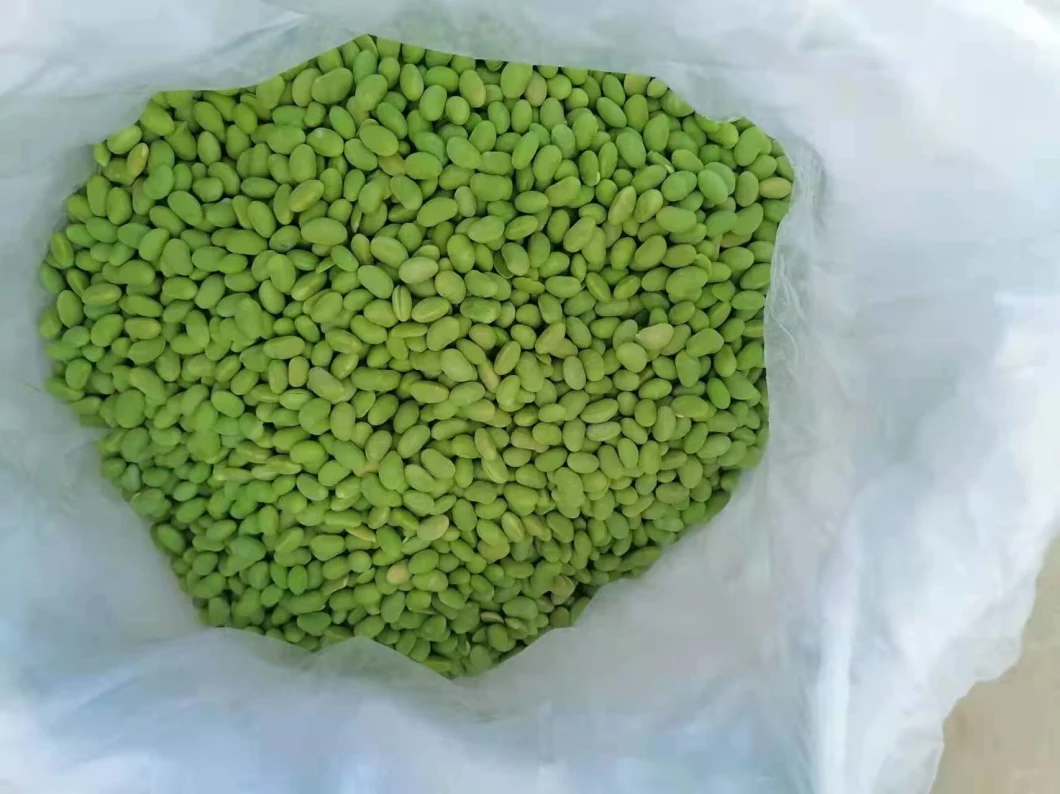
Category

The Quick-Frozen Garlic Mud Produced by High-Quality Fresh Garlic Low-Temperature Freezing Technology Is Directly Sold by The Manufacturer
Production process High-quality vegetables are used for blanching. When the vegetables turn dark green, they can be pick
Basic Info
| Model NO. | 1~25kg |
| Origin | China |
| Production Capacity | 1200 |
Product Description

High-quality vegetables are used for blanching. When the vegetables turn dark green, they can be picked up and put into cold water for cooling. The cooled vegetables are put into a centrifuge to dry, and then frozen. They are frozen for about 45 minutes in a cold wind environment of minus 33 degrees Celsius to minus 40 degrees Celsius * The formation time of vegetables is different *, and then enter cold water to form thin ice on the surface, which can prevent oxidation.
The purpose of blanching is to kill fungi and achieve the purpose of antisepsis. Water above 40 ºC can also inactivate the biological enzymes in vegetables, thus slowing down the biological physiological reaction. The shorter the freezing time, the better the quality of quick-frozen vegetables.
Advantages of quick-frozen vegetables.
Many people have misunderstandings about quick-frozen vegetables, and think that the nutrition of quick-frozen vegetables is largely lost. In fact, quick-frozen vegetables are as nutritious as fresh vegetables, and even have higher nutritional value. This is because the raw material requirements of quick-frozen vegetables are relatively high. They must be of good quality, suitable maturity, uniform size and length, free of diseases and pests, and free of pollution. After harvest, they must not be soaked, bound, overlapped and compressed, and transported in time. From harvest to quick-frozen, they should be controlled within 4 to 10 hours depending on the variety, thus ensuring the freshness of raw materials. The quick-frozen vegetables have been controlled in the low temperature environment below - 18 ºC, and various biochemical reactions inside the vegetables have also been inhibited. The nutrition in the vegetables will not be lost during the quick-frozen transportation.








